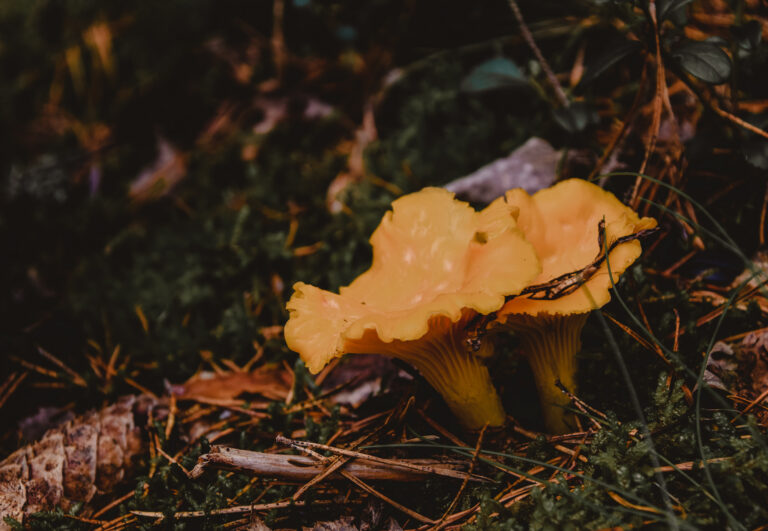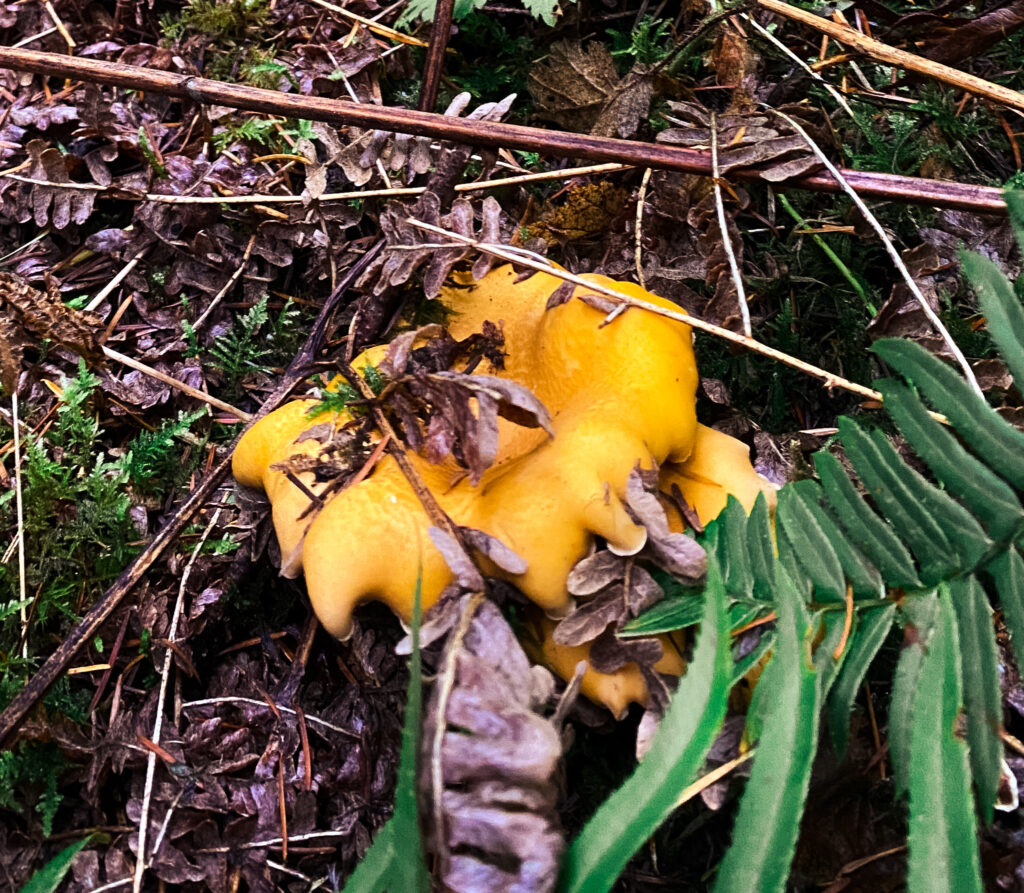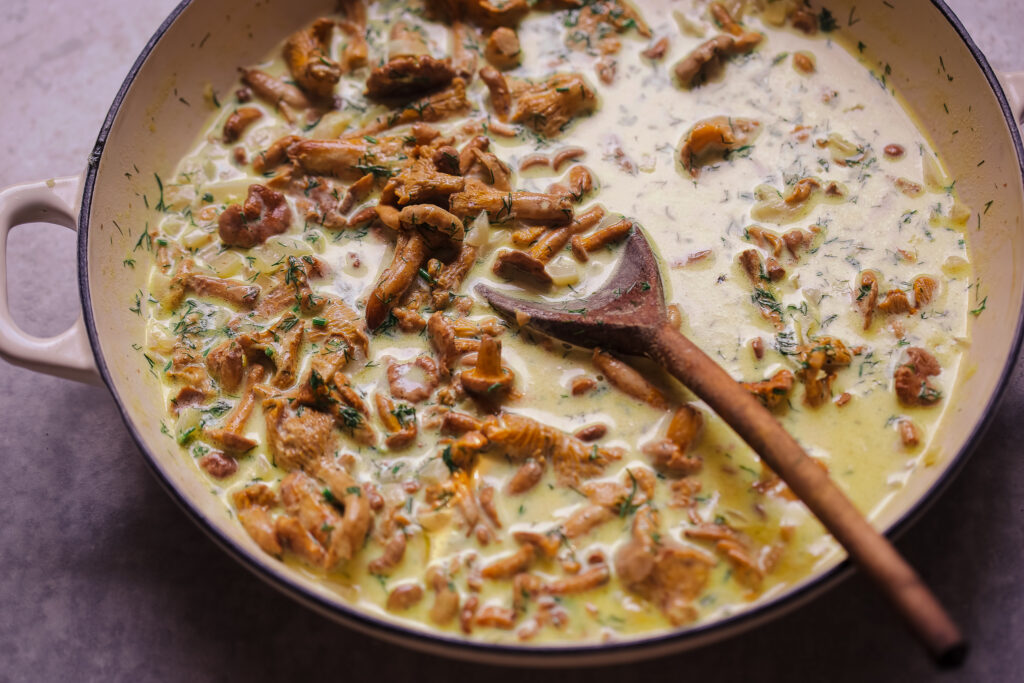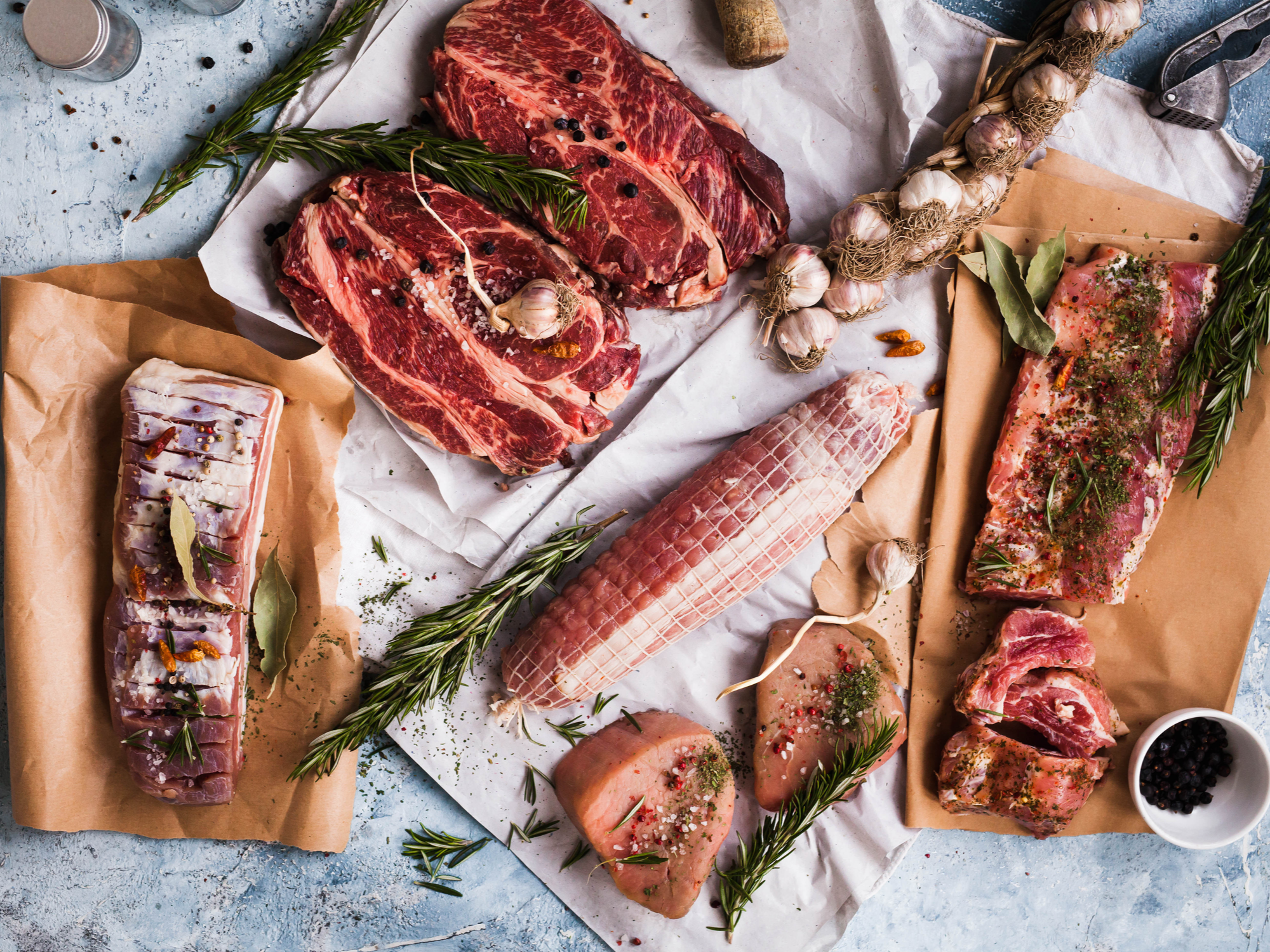

Homesteaders that are focused on sustainability often forage while homesteaders focused on animal and plant production don’t often forage as part of their seasonal routine. We focus on producing, growing, and preserving, but foraging can provide an asset to your homestead. Understanding the natural resources around you can help provide food, tame your fears, and provide fun for your family. We love mushroom foraging because peak season here is in the fall when we have fewer chores to do daily, and the weather is mild and pleasant. The kids love picking berries and running through the woods more than anything. Here are some helpful tips for getting started mushroom foraging with your family.
*This post contains affiliate sponsor links. This helps to give our small farm a little back on every purchase you make based on our recommendations. We appreciate your support!
Foraging can be intimidating due to fears of the unknown. If you are already homesteading you are already thinking outside of the “normal box” and you know that with proper education and research you can do just about anything. Foraging isn’t any different. We specifically forage for mushrooms but foraging for plants, herbs, roots, etc. isn’t any different. Do your research and be able to confidently identify everything you pick before consuming. That also means confidently being able to identify look a likes and other close species that may be toxic.

Be aware that mushroom season often coincides with hunting season. So be prepared to wear hunting vests and always be respectful of those around you. If you pull up to your favorite area and it seems someone else is already there, then move on to a new spot and go back another day. Maintaining respect between all parties keeps land open and the ability to keep foraging.
Pay attention to whose land you are on and if you have permission to be there. In our area, a lot of the open land is owned by timber companies. They each have their own rules on if you can forage freely or not. We do a lot of foraging on our own land, but you need to be aware of your property lines or get permission from your neighbors.
Mushrooms have gotten a bad reputation for decades. Yes, there are toxic and even deadly mushrooms, but education is the key. Finding an informative book that covers the identification of mushrooms in your area is important. In our area, this book by David Arora is exactly that. The first thing you should do when learning about mushroom identification is what are the look-alikes. This helps you to understand in the “field” what to avoid. Our favorite mushroom to forage is the chanterelle. It is a beautiful, amazing-tasting mushroom that comes up from late summer to early winter. Its golden color is extremely distinct but only once you’ve properly identified it in its natural habitat. It is often recommended to find a local mycological society to help you properly identify before you do eat anything.

Very few mushrooms are digestible raw. Cooking them and cooking them properly is important. We love dry sauteing our chanterelles and then freezing them. They can then be added to soups, roasts, gravy, or anything you love mushrooms on. We also love making them into soup. This creamy chanterelle soup recipe is amazing!!!!! If you are foraging for other mushrooms, then please do your research on how to properly cook them.
Mushroom foraging is such a fun pastime. It gets the family outdoors all at the same time. Gets you time away from the homestead while still feeling productive. Most of all don’t be afraid! Also, don’t tell me you don’t like mushrooms until you try them!!! Not all mushrooms taste the same or have the same texture. What mushrooms have you foraged for?




No spam, notifications only about current blog updates.